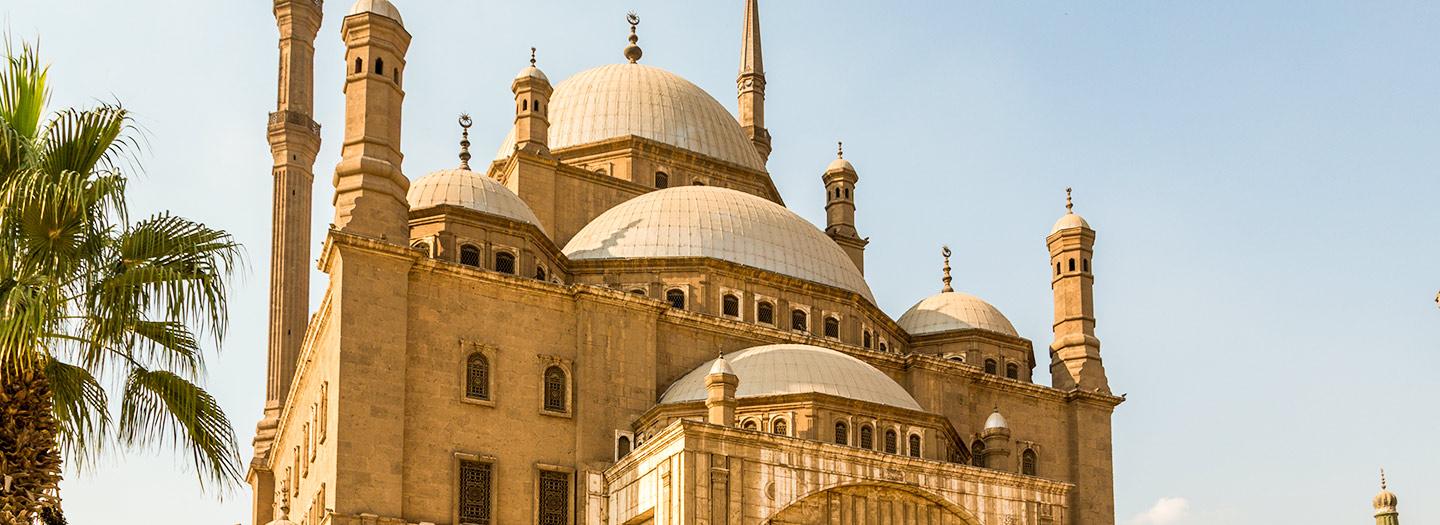
Citadel of Saladin and Muhammad Ali Mosque
The Citadel of Cairo or the Citadel of Saladin is a spectacular landmark in Cairo, the capital of Egypt, where the country's monarchs resided and controlled for about 700 years, from the 13th to the 19th century. Salah al-Din (Saladin), the first sultan of Egypt, who oversaw a military offensive against the Crusaders, constructed this Islamic-era fort in 1176.
Saladin
Saladin was born in Tikrt, Mesopotamia, in 1137 or 1138. (modern-day Iraq). He established the Ayyybid dynasty and served as the Sultan of Egypt, Syria, Yemen, and Palestine. He defeated the Crusaders in battle and took Jerusalem for himself.
By constructing the Cairo Citadel, now more often known as the Saladin Citadel, and enlarging the city walls, he improved Cairo's defenses.
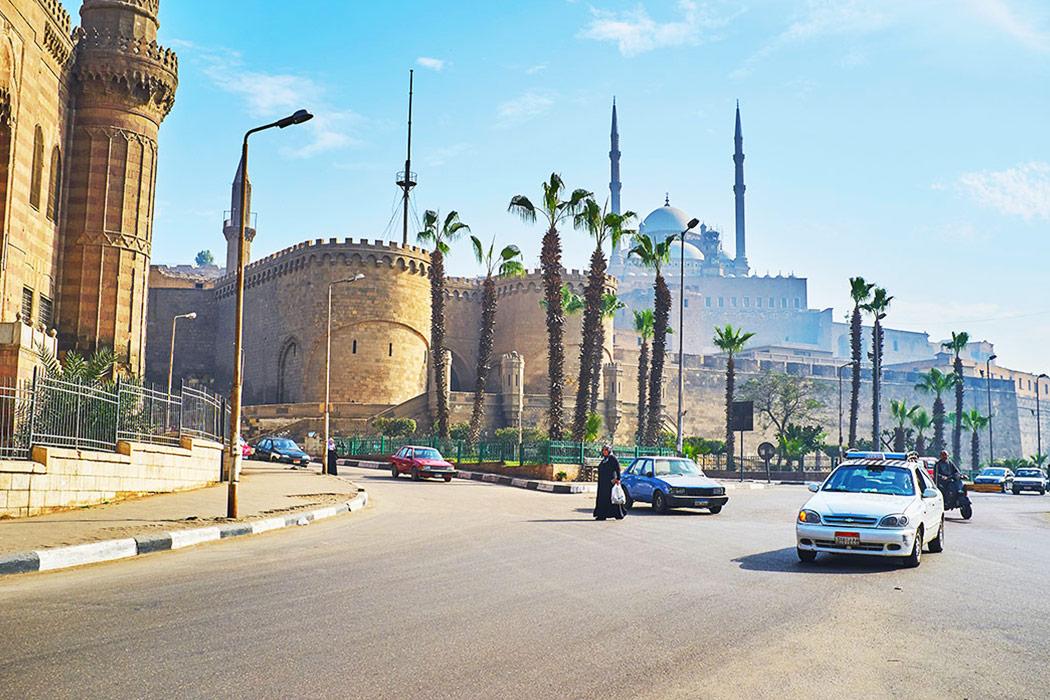
Muhammad Ali Reign
The Ottoman Sultan appointed Muhammad Ali, a pasha of Albanian descent, in 1805 to re-establish the order following the French occupation of Egypt (1798-1801). Later, he established himself as the nation's de facto autonomous ruler. Due to the significant advancements and buildings made under his rule, he is usually regarded as the creator of modern Egypt. Under his authority at the Citadel, a significant historical event occurred. He planned a violent coup in 1811 in order to increase his control of the government by assassinating the last surviving Mamluk leaders in the nation.
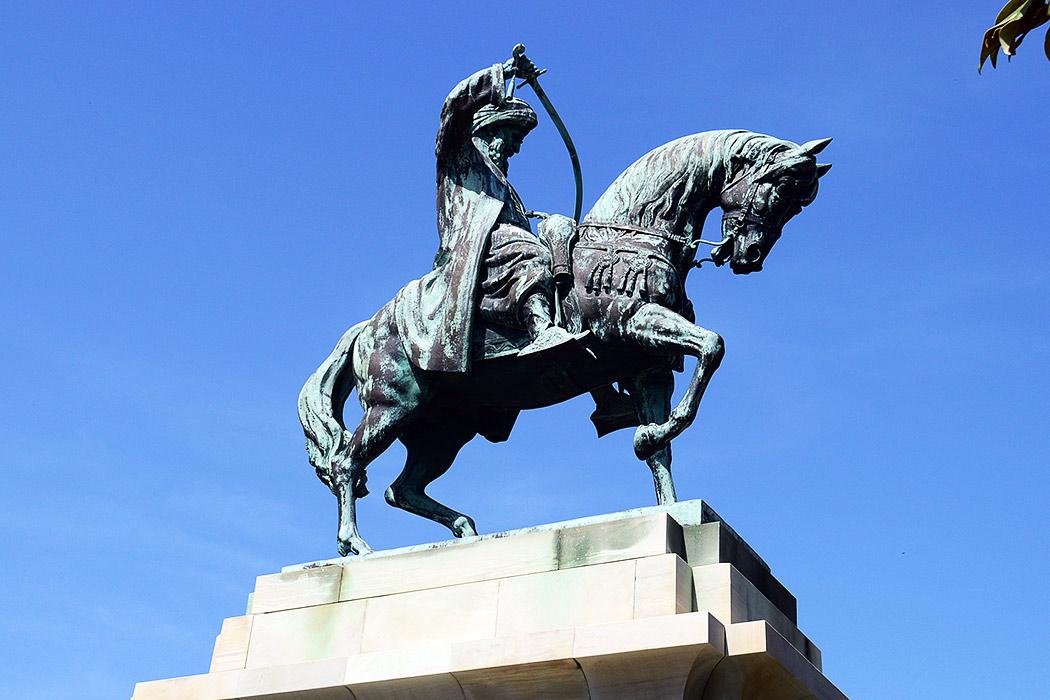
Design of the Citadel
The Mokattam hills in Cairo's center are where the Citadel of Cairo was constructed, giving it a commanding vantage point over the whole city. Due to its position and design, it is unquestionably among the most spectacular military structures of its day. El-Mokatam gate, the New Gate, the Middle Gate, and the Citadel gate are the four gates that make up the Saladin Citadel as it stands today. There are also about thirteen towers and four palaces, including Palace Ablaq and Al-Gawhara Palace.
The Mamluk Sultanate, which followed Saladin, saw the Citadel undergo significant renovations up to Sultan al-Nasir Muhammad's rule in the 14th century. Muhammad Ali Pasha demolished some of the earlier structures and built the modern palaces that you can see today throughout the 19th century.
The Egyptian army and British occupation troops occasionally used the citadel as a military fortress during the 20th century, and it was only opened to the public in 1983. The Citadel was designated a World Heritage Site by UNESCO in 1976.
The building of the Citadel took place primarily three times during the course of its history: in the 12th century, during Saladin's Ayyubid era, in the 14th century, during the Mamluk era, and in the 19th century, under Muhammad Ali. The entire complex is divided into two main areas, the Northern Enclosure (where the Military Museum is currently located) and the Southern Enclosure (where you can find the Mosque of Muhammad Ali Pasha).
Military troops often worked in the Northern Enclosure, while the Sultan lived in the Southern Enclosure. The Mamluk King's royal stables were housed in another enclosure. However, Muhammad Ali Pasha, who completely demolished the site and built structures with a variety of uses, eliminated these functional differences in the 19th century. West of the Citadel is an open field that was used for military parades and as a training area. Due to its proximity to the royal stables, Rumayla Square, located at the northern end of this area, was also utilized as a horse market. There were also several royal and religious rituals. The medieval mosques of Sultan Hassan and Al-Rifa'i are currently located close to a sizable circle known as Citadel Square.
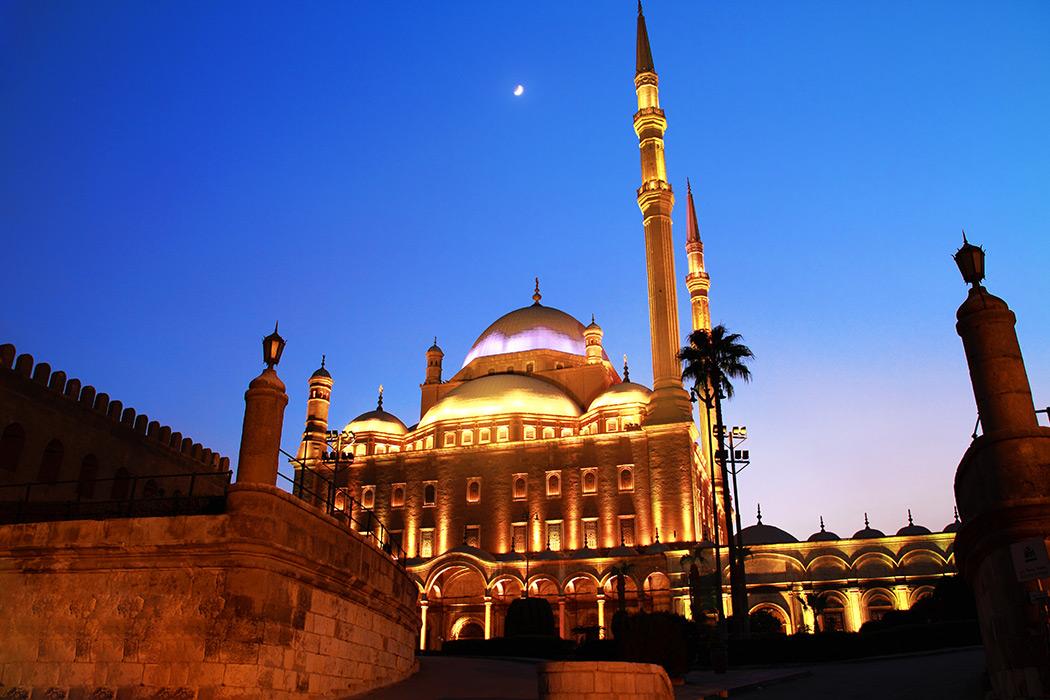
Muhammad Ali Mosque
Al-Nasir Muhammad Mosque was the primary mosque within the citadel until Muhammad Ali Mosque took its place. It was constructed on the citadel's peak between 1828 and 1848. Tusun Pasha was Muhammad Ali's second son and died in 1816; the mosque was constructed in the Ottoman architectural style in his honour. It also serves as a reminder of Muhammad Ali Pasha's efforts to obliterate the Mamluk legacy. Al-Nasir Muhammad's Great Iwan and Ablaq Palace were demolished in 1825 to create room for the new mosque. Additionally interred in the mosque, Muhammad Ali Pasha's mausoleum is still there today. The mosque of Muhammad Ali, with its substantial dome and lofty Ottoman minarets.
Visit the Saladin Citadel and an old mosque while enjoying an Egyptian meal at a nearby restaurant. While exploring the ancient fortifications with your guide, you can learn about the complex's history and design while taking in the expansive views of Cairo from the walls. Visit the magnificent mosque that Ottoman leader Mohamed Ali Pasha constructed during his contentious rule and learn about his life. After the tour, dine on authentic Egyptian fare at a neighboring restaurant before returning to your hotel.
Once the place from which Sultan Salah El Dein Governed, the citadel, and Mosque are bursting with history awaiting your discovery. Explore its rich history with our article & read on.
History of the Mosque
Muhammad Ali mosque was opened in 1848, and it was built in a unique Ottoman architecture style. The mosque stands at the highest point inside Salah El-Din Citadel. The mosque from the inside consists of two sections: the first section is the eastern section which is called a house of prayer, and the second section is the western section which is called the courtyard, the construction of this mosque was inspired by the Turkish mosques because it was designed by the architect Yusuf Boshnak who was from Turkey, the main material which was used in this mosque construction is the limestone. The mosque has 2 minbars, and there are 6 medallions around the dome of the mosque, which include the names of Allah (God) and Mohamed (the Prophet), as well as the names of the four rightly guided Caliphs, namely Abou Bakr, Omar, Othman, and Ali.
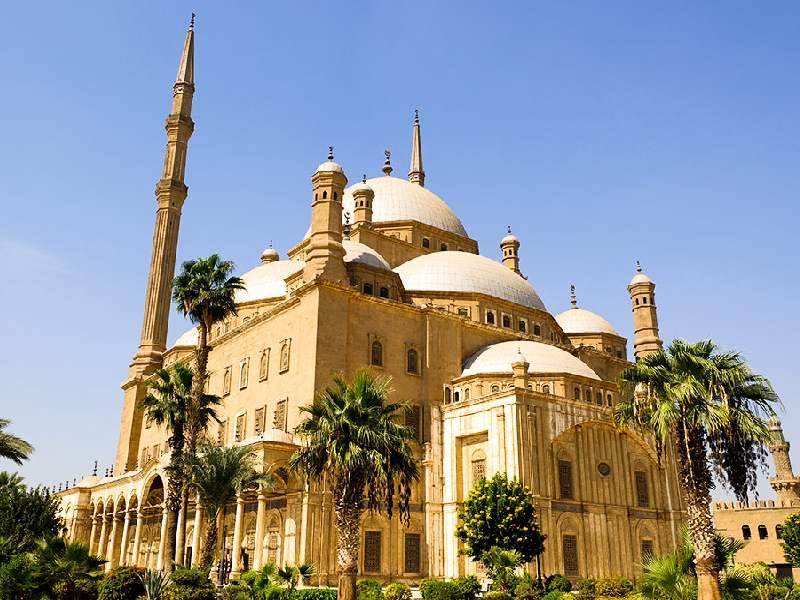
related tours
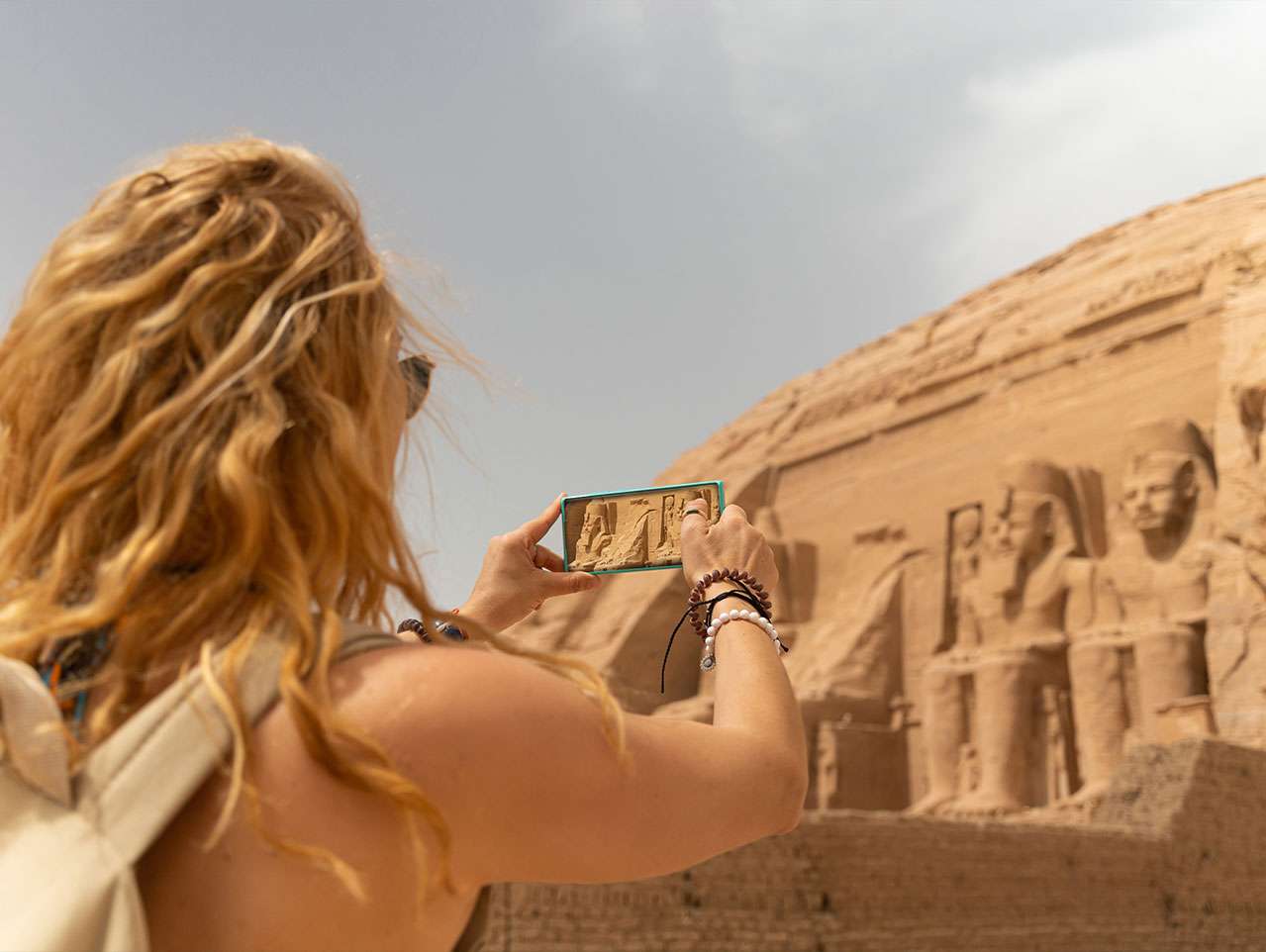
Best Travel Packages to Egypt with Abu Simbel
8 Days / 7 Nights
From
$ 1445

Treasures of Egypt Travel Packages
7 Days / 6 Nights
From
$ 1280
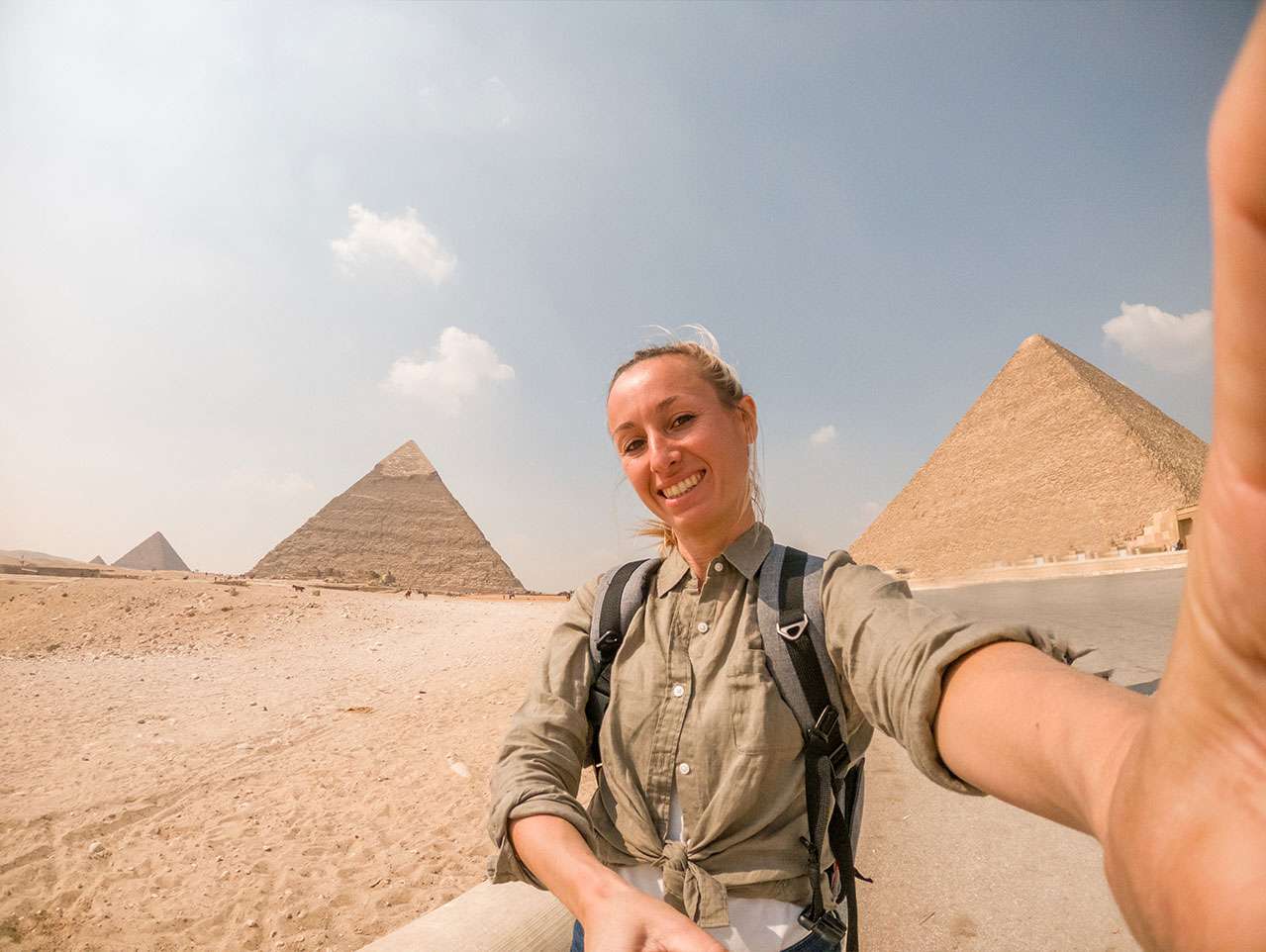
Pyramids and The Nile
8 Days / 7 Nights
From
$ 1755

Pyramids, Nile and Sharm El Sheikh Package
12 Days / 11 Nights
From
$ 2370
